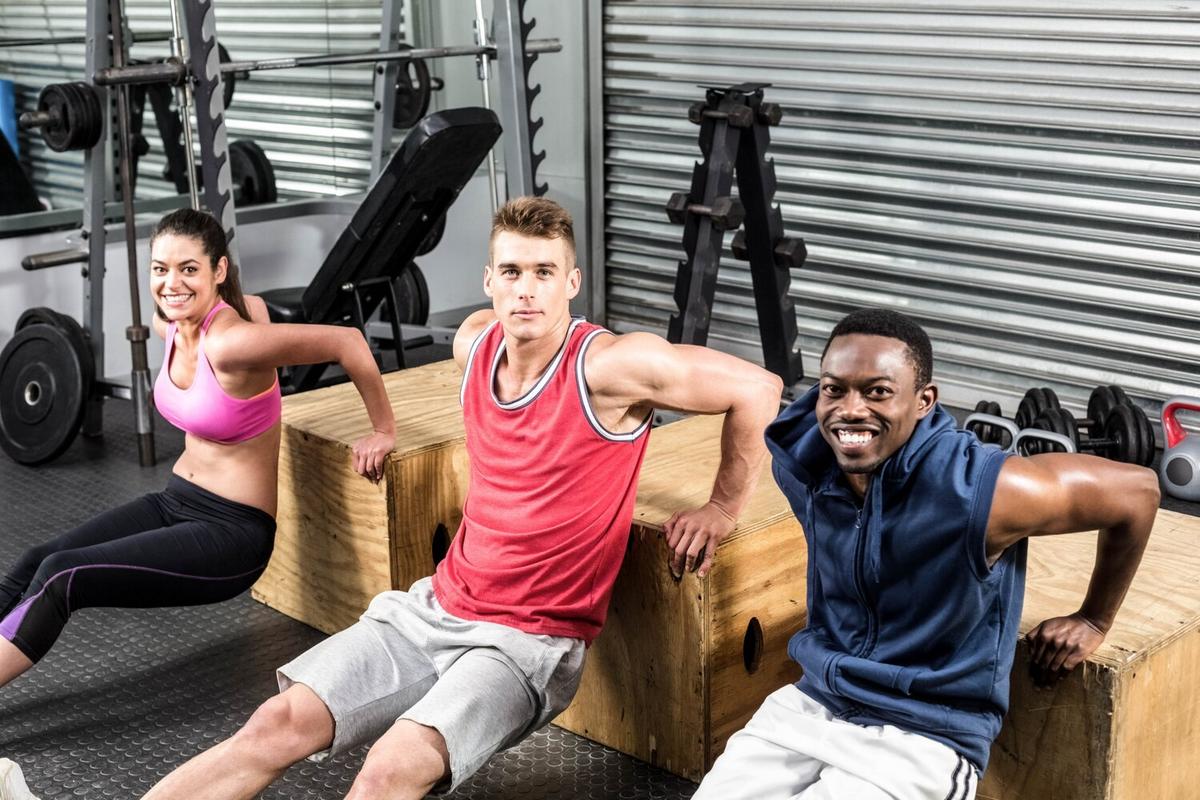
How to Incorporate Functional Fitness into Your Workouts
Functional fitness is more than just a buzzword—it’s a holistic approach to exercise that focuses on building strength, balance, and agility for everyday activities. Whether you’re lifting groceries, climbing stairs, or playing with your kids, functional fitness prepares your body to perform these tasks efficiently and safely.
Understanding Functional Fitness
Functional fitness exercises are designed to train your muscles to work together and prepare them for daily tasks by simulating common movements you might do at home, at work, or in sports. According to the Mayo Clinic, functional fitness exercises can make everyday activities easier, reduce your risk of injury, and improve your quality of life.
Expert Opinions
Dr. David Behm, an expert in exercise physiology, states, “Functional fitness exercises tend to be multi-joint and engage multiple muscle groups simultaneously, leading to better overall conditioning and efficiency.” This multi-joint focus makes functional fitness a comprehensive way to train your body.
Relevant Statistics
A study published in the Journal of Strength and Conditioning Research found that individuals who incorporated functional fitness into their routines saw a 30% improvement in their overall strength and a 23% reduction in injury rates compared to those who followed traditional exercise programs. This highlights the effectiveness of functional fitness in enhancing physical performance and safety.
Personal Anecdotes
Take Sarah, a 35-year-old mother of two. She struggled with back pain and fatigue until she started incorporating functional fitness into her routine. “I used to feel exhausted after a day of errands and taking care of the kids,” she says. “Now, I have more energy, and my back pain has significantly decreased.”
How to Incorporate Functional Fitness into Your Workouts
1. Start with Basic Movements
Focus on exercises that mimic everyday activities. Squats, lunges, and push-ups are excellent starting points. These exercises engage multiple muscle groups and improve your balance and coordination.
2. Use Minimal Equipment
You don’t need a gym membership to get started. Using your body weight, resistance bands, or light dumbbells can be just as effective. This makes functional fitness accessible for everyone.
3. Incorporate Core Exercises
A strong core is crucial for functional fitness. Planks, Russian twists, and leg raises can help stabilize your core and improve your overall strength.
4. Make it a Habit
Consistency is key. Aim to incorporate functional fitness exercises into your routine at least three times a week. This regularity will help you see improvements faster.
5. Mix it Up
Variety is important to keep your workouts engaging and effective. Try incorporating different exercises and changing your routine every few weeks to challenge your body in new ways.
Comparison: Traditional Gym Workouts vs. Functional Fitness
| Aspect | Traditional Gym Workouts | Functional Fitness |
|---|---|---|
| Focus | Isolated muscle groups | Whole-body, multi-joint movements |
| Equipment | Machines, heavy weights | Minimal equipment, body weight |
| Goal | Muscle gain, aesthetic | Improved daily function, injury prevention |
| Risk of Injury | Higher, due to isolated movements | Lower, due to natural movements |
| Flexibility | Less focus on flexibility | Incorporates flexibility and balance |
| Time Efficiency | Longer workouts | Shorter, more effective workouts |
| Cost | Higher, gym membership required | Lower, minimal equipment needed |
| Adaptability | Rigid, structured routines | Flexible, can be modified easily |
Pro Tips for Success
- Warm-Up: Always start with a warm-up to prepare your muscles and reduce the risk of injury.
- Focus on Form: Proper form is crucial. It’s better to do fewer reps correctly than more reps incorrectly.
- Listen to Your Body: Pay attention to how your body feels. If something hurts, stop and reassess your form or the exercise.
- Stay Consistent: Make functional fitness a regular part of your routine for the best results.
FAQ
What is functional fitness?
Functional fitness involves exercises that train your muscles to work together and prepare them for daily tasks by simulating common movements.
Do I need special equipment?
No, functional fitness can be done with minimal equipment or even just body weight.
How often should I do functional fitness exercises?
Aim to incorporate functional fitness exercises into your routine at least three times a week.
Can functional fitness help with weight loss?
Yes, functional fitness can help with weight loss by increasing your overall activity level and building muscle, which boosts metabolism.
Conclusion
Incorporating functional fitness into your workouts can transform the way you move and feel daily. By focusing on natural movements, engaging multiple muscle groups, and staying consistent, you can improve your strength, balance, and overall quality of life. Start today and see the difference functional fitness can make!
For more information, check out this guide from Mayo Clinic and this study for in-depth research.


